Nasim Sadeghi Nejad
Advisor: Neil Minuk
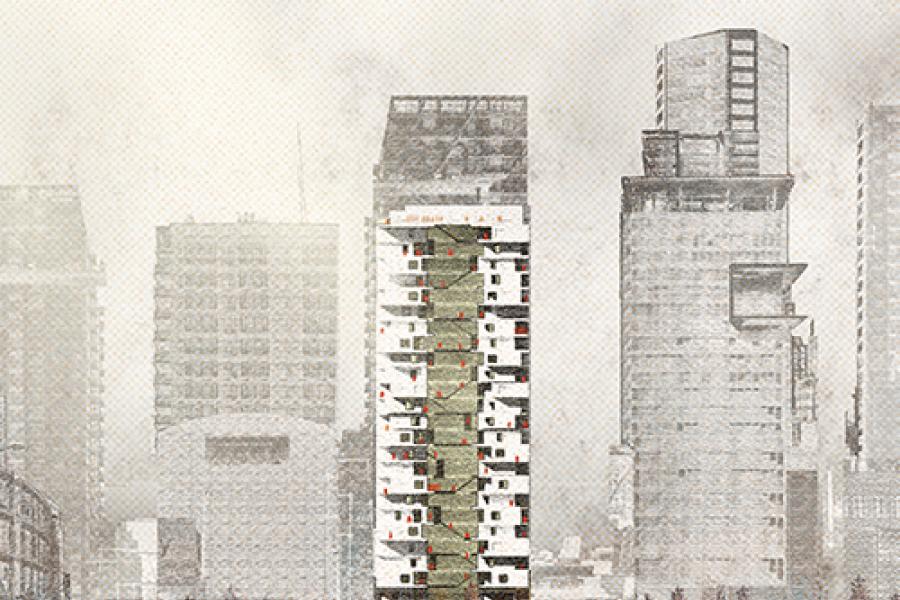
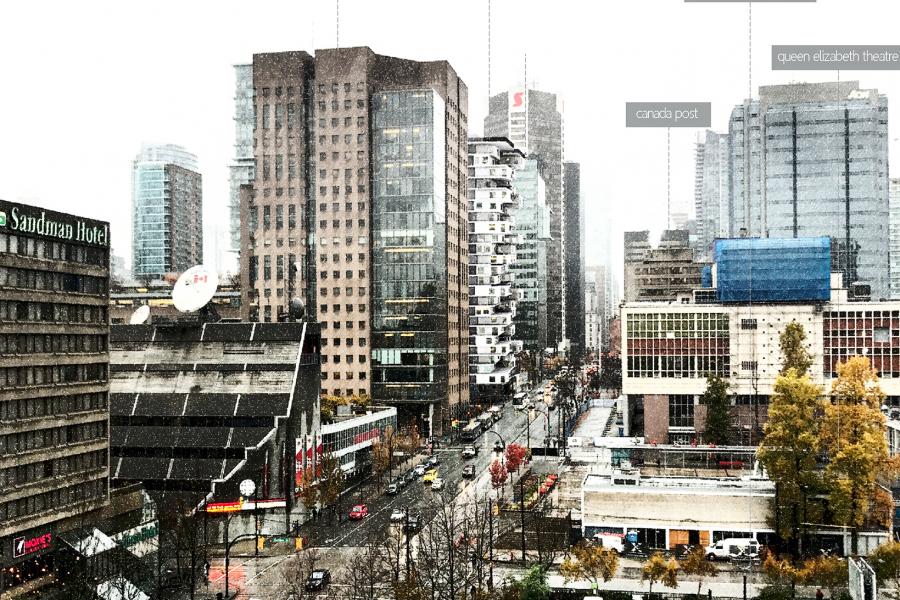
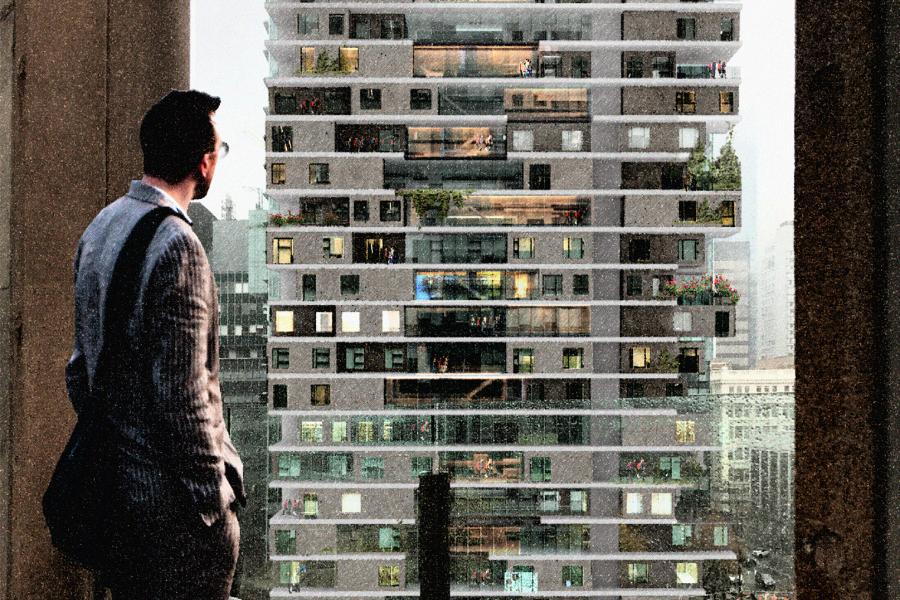
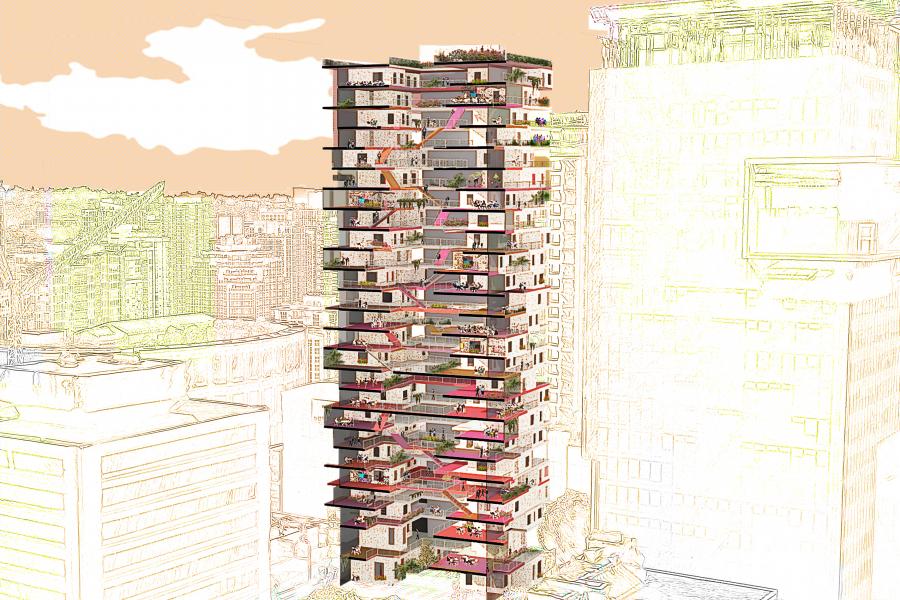
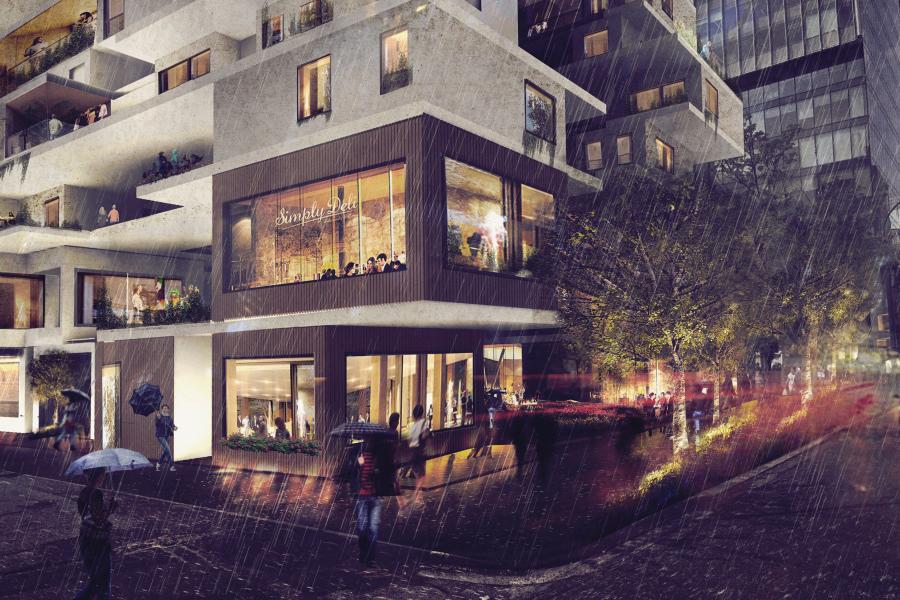
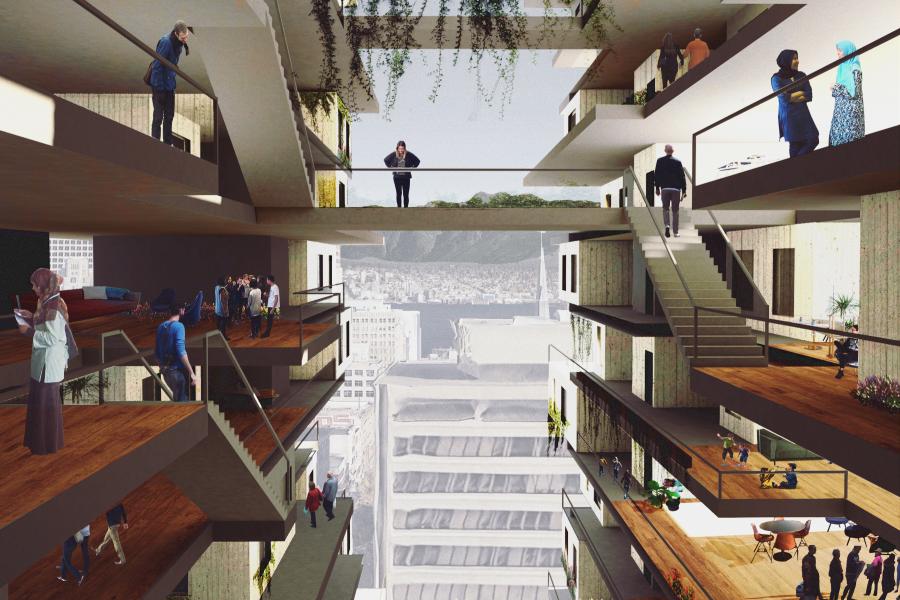
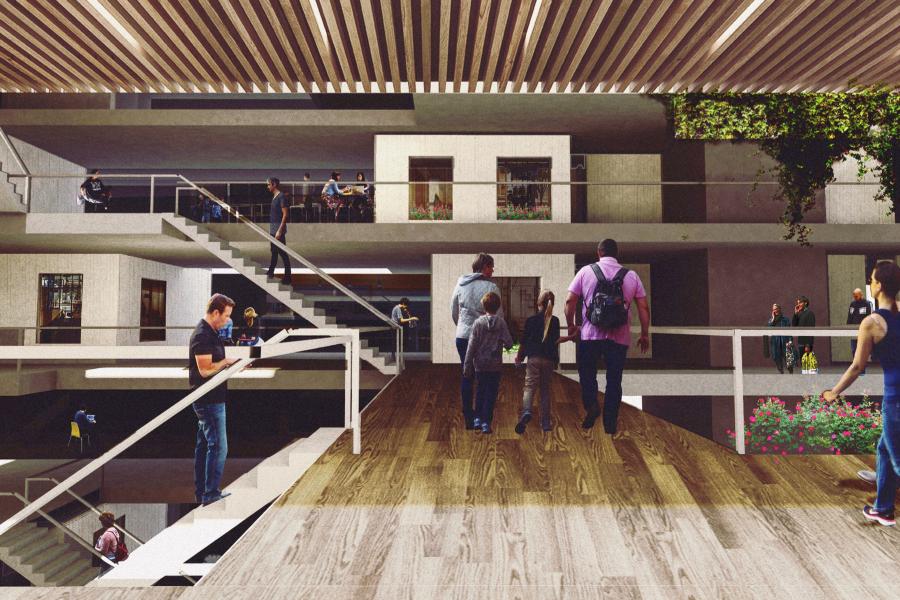
Reconfiguration of Tower Typology:
Alone.Together
As proven in psychological and emotional research people's natural urge is to be part of a community but podium tower typology which is the result of modernism, ignoring our needs of communication and connection and it has changed the boundaries to satisfy the needs of density and industrialization. But now that we are facing the growing epidemic of isolation, it is the time to reconfigure our tower typology in a way that helps reduce isolation. After modernist architects took detached single family homes (private zone) and transformed them into a vertical manner (towers) to get more density in smaller portions of land. They did not take into account the public and semipublic spaces around each house and that is one of the reasons we are facing the challenge of isolation. As Winston Churchill said, “we shape our building thereafter they shape us”. What I want to explore in my thesis is how architecture can have an influence on reducing isolation? How we can allow for people to be more connected? What are key elements in built space that can encourage people to communicate? How can we bring back the public realm around the detached houses in the context of a tower? An architecture that provides both private space to satisfy the need for solitude, as well as public spaces to satisfy the natural urge to be part of community.
There are different groups of people who are facing isolation but I chose to concentrate on new immigrants because I face the challenge of isolation myself and as an architect I want to give an alternative for people like me to live in a more connective environment. The strategies that I want to use is to bring back the communal areas to people’s everyday life and integrate these areas in my tower instead of private zones. To expand these connections and sociability to the city and the block, I want to design an open market in the lower floors, first, to increase the opportunity for communication and interaction between people inside and outside of the tower, second, and to give an option to residents to work where they live in the beginning of their new journey.
